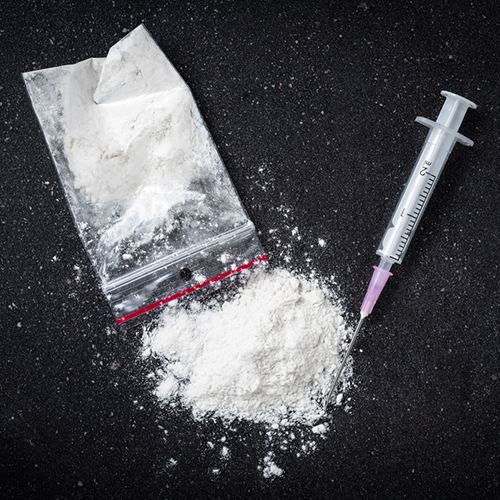 Australia has the highest reported methamphetamine (ice) use per capita in the world, according to the latest data on illicit drug consumption released today.
Australia has the highest reported methamphetamine (ice) use per capita in the world, according to the latest data on illicit drug consumption released today.
The Australian Criminal Intelligence Commission (ACIC) report, which identifies patterns of drug use through wastewater monitoring, reveals that the powerful stimulant dominated the domestic market in the latter part of 2021, along with cocaine, MDMA and MDA.
However, heroin and cannabis use dropped between August and December 2021 according to the report authors from the University of South Australia and University of Queensland.
Taking wastewater samples from 56 regional and metropolitan sites across Australia, covering a population of 13 million people, the report compares drug consumption between different states and territories over a specific period. It also includes updated data from 129 cities in Europe, Asia and Oceania.
Australia had the highest methamphetamine consumption per capita compared with 24 other countries.
Samples were taken in December 2021 and February 2022.
National highlights
- Alcohol and nicotine were the most popular legal psychoactive substances in December 2021, and methamphetamine the most consumed illicit stimulant.
- Between August and December 2021, consumption of methamphetamine, cocaine and MDMA in capital cities exceeded regional consumption for the first time since April 2017. This contrasts with previous reports showing that drug consumption is generally higher per head of population in regional areas (cocaine and heroin excluded).
- Heroin and cannabis use dropped in both capital cities and regional areas between August and December 2021.
- Oxycodone and fentanyl use fluctuated, although remained low compared to other drugs.
- Of the 26 countries reporting cocaine consumption and the 27 reporting MDMA use, Australia ranked 15th and 5th Of the 16 countries in which cannabis was monitored, Australia ranked 6th.
- The impact of COVID-19 restrictions on drug supply and consumption is not uniform, but consumption of illegal stimulants overall remains lower than pre-COVID levels.
State and Territory highlights
- On a national level, the Northern Territory has the highest percentage of cigarette smokers.
- People living in regional areas drink more alcohol than their city counterparts, although there is a long-term decline in alcohol consumption in regional Tasmania.
- NSW, Queensland, South Australia and Victoria are the highest users of 'ice' (methamphetamine) and Northern Territory and Tasmania the lowest.
- Sydney, Melbourne and Hobart residents consumed more cocaine than any other locality in December 2021.
- Historically low levels of MDMA consumption were reported across the country, including in Darwin where MDMA was once a popular stimulant.
- ACT residents consumed more heroin than any other city in Australia in December 2021, yet heroin use is declining in Perth and Hobart.
- Nationally, cannabis use has been trending downwards since August 2021.
- The prescribed pain killer ketamine is of growing concern, with capital city excretion levels almost double the regional averages in December 2021
UniSA wastewater epidemiologist Associate Professor Cobus Gerber says the relaxing of pandemic restrictions in states and territories at different times has influenced the results.
"This is most apparent outside the capital cities, where stimulant use declined after COVID-19 lockdowns and has been slow to recover to previous levels," he says.
The report is the 16th in a series of National Wastewater Drug Monitoring Program reports to be publicly released by the ACIS, documenting consumption of 12 substances. The report can be accessed at https://www.acic.gov.au/






